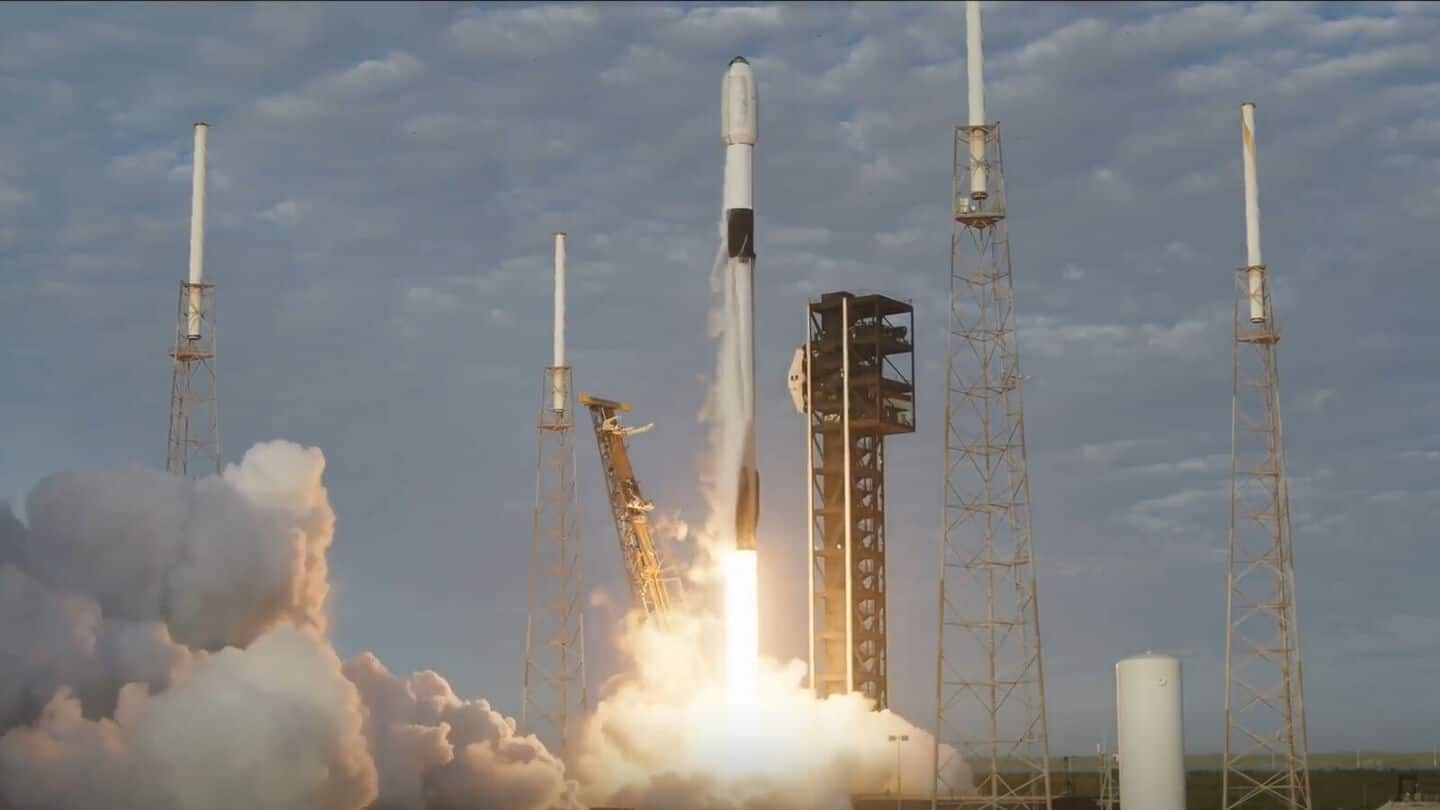Delve into the Physics of Space Travel: Rockets, Gravity, and Indian Innovation. Unravel the science behind reaching for the stars!
The dream of touching the stars has fascinated mankind for centuries.
But getting there? That's a serious physics problem. Getting a rocket off the ground and into space involves a deep understanding of gravity, motion, and some seriously powerful engineering.

Let's break down the physics involved in this incredible feat, keeping a bit of Indian jugaad spirit in mind – finding clever solutions with limited resources. At the heart of it all is gravity, the invisible force constantly tugging us downwards.
Sir Isaac Newton figured this out a long time ago, explaining that everything with mass attracts everything else with mass. The bigger the mass, the stronger the pull. Earth is massive, hence its strong gravitational pull.
Overcoming this pull is the first, and arguably largest, hurdle for space travel. Rockets need to generate enough force to counter gravity and then some, to actually lift off.
Rockets create thrust by ejecting hot gases downward
Imagine pushing a heavy cart uphill. You need to push harder than the cart is pulling you down to actually move it upwards. Rockets do the same, but instead of arms and legs, they use powerful engines that spew out hot gases. These gases are ejected downwards at incredible speeds.

Now, Newton's third law comes into play. For every action, there is an equal and opposite reaction. As hot gases are pushed downwards with great force, an equal force pushes the rocket upwards. This upward force is called thrust.
If the thrust is greater than the weight of the rocket (its mass times the acceleration due to gravity), the rocket will lift off. The bigger the engine, you would get more thrust. But that is not all, the design of the nozzle helps direct the gases.
You can imagine a funnel being used to concentrate water into a powerful stream.
Rocket fuel crucial for space travel, efficiency varies with technology
The amount of fuel a rocket has directly influences its capacity to escape Earth and travel into space. Think of it like a long road trip. If you don't have enough petrol in your car, you're not going to get to your destination.

Similarly, rockets need a huge amount of fuel to generate the constant thrust needed to break free from Earth's gravity. Traditional chemical rockets use a mix of fuel and oxidizer. Liquid oxygen, for example, is a common oxidizer.
These propellant rockets are efficient at producing thrust, however they consume a lot of fuel. Future rockets may adopt different technologies such as electrical propulsion. These type of thrusters use electrical and magnetic fields to accelerate charged particles creating thrust.
Although comparatively low in thrust, they are extremely efficient in using propellant making them suitable for long missions.
Rocket craft needs precise speed to orbit Earth, ISRO excels
Even when rocket engines turn off, the journey has just started. With proper speeds, the rocket craft reaches a speed where it has enough inertia to overcome Earth's gravity and orbit around it. Think of it like throwing a stone forward.

If you don't throw it with enough velocity, it will fall back down on time. However, if you throw the stone with enough initial force, it will orbit the Earth continuously. The required speed for the same is around 28000km/hr. Achieving and maintaining orbits requires precise calculation as well.
Small errors in speed or direction can result in entering the atmosphere or getting lost in space. Course corrections are done using smaller thrusters to adjust the orbit slightly. Indian space scientists and engineers at ISRO have managed to achieve remarkable feats with frugal budgets.
They are known for their innovation.
Interplanetary travel relies on gravitational assists for efficient maneuvers
Reaching other planets involves even more complex manoeuvres. Rockets don't simply point towards their destination and fire their engines continuously. This would be wildly inefficient. Instead, they use gravitational assists from other planets, like a cosmic slingshot.
By carefully approaching a planet, a spacecraft can use the planet's gravity to increase its speed and change direction, saving fuel along the way. ISRO successfully used this technique for the Mars Orbiter Mission (Mangalyaan), a testament to their skill in orbital mechanics.
The same principle is used to travel in deep space. Multiple satellites are used to monitor positions and directions. Sophisticated navigation systems are constantly used to correct any errors and send signals to the propelling system to act accordingly.
Space travel's complex art, ISRO's success and future potential
The physics of space travel is a challenging art with complex mathematical and engineering techniques. From overcoming gravity to navigating the vastness of space, every step requires precision, innovation, and a deep understanding of the laws of the universe.

With continued research and development, and our trademark Indian ingenuity, the future of space exploration promises to be even more exciting. ISRO is at the forefront of this and they have constantly launched successful missions with small budgets.
This is all thanks to innovative ideas and frugal engineering of their scientists. These space travels open up new doors and opportunities for generations. Scientists are looking for resources to meet Earth's energy demand. Also it motivates the future generation to become a better scientist.
AI Generated Content. Glance/InMobi shall have no liability for the content











